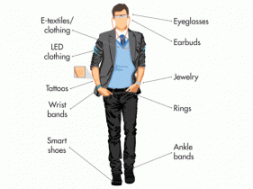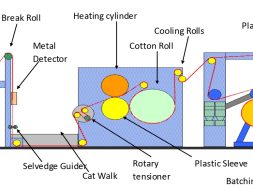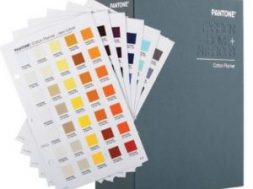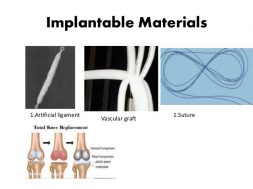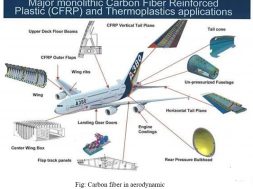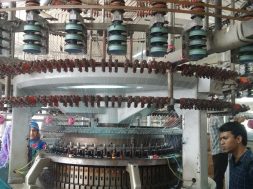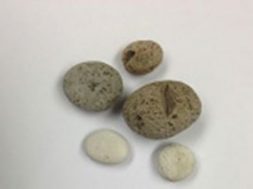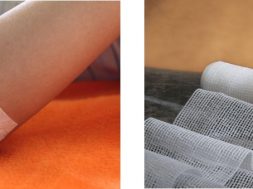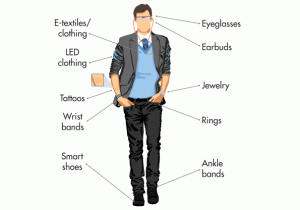
New Generation E-Textiles Enable Complex Fabric-Based Circuits, Antennas
New Generation E-Textiles Enable Complex Fabric-Based Circuits, Antennas
Researchers at NASA’s Johnson Space Center (JSC) have developed an automated method for producing intricate fabric-based circuits and antennas. The method enables the fabrication of complex single- or multilayer circuit patterns and will contribute to a new generation of mobile communication capabilities. Wearable electronics, or “e-textiles,” currently operate in a number of niche areas, such as vests for firefighters and soldiers and shirts for monitoring patients’ vital signs. To date, body-worn antennas encounter problems with comfort, degradation through flexure, and geometrical distortion. Unlike previous attempts, the JSC technology yields dimensionally stable conductive elements that have predictable and stable impedance characteristics and high surface conductivity, allowing operation at radio frequencies. The layout is compatible with conventional computer-aided design methods used to fabricate printed antennas. JSC has applied for patent protection for this technology.

Benefits
- High performance: Enables complex circuitry through intricate patterns, such as those used for directional couplers or logarithmic spiral antennas
- Efficient: Improves control of impedances with directional accuracy, allowing efficient radio frequency operation
- Automated: Enables mechanized manufacturing techniques
- Cost-effective: Offers modest set-up cost that is comparable to that of printed circuitry
- Washable: Enables normal garment laundering
- Durable: Features ability to withstand small radius flexing without damage
Applications
- Clothing-based electronics and antennas
- Fabric-skinned aircraft and balloons
- Sensors and sensor networks on fabric structures
- Membranes for large deployable reflector antennas
- Small deployable antenna systems
- Battlefield communication systems
- Stealth and surveillance electronics
- Antennas for sails and tents
Writer:
Abs Belal , Dept of Apparel Engineering , BUTex
ID: 2015-1-4-029
(40)
